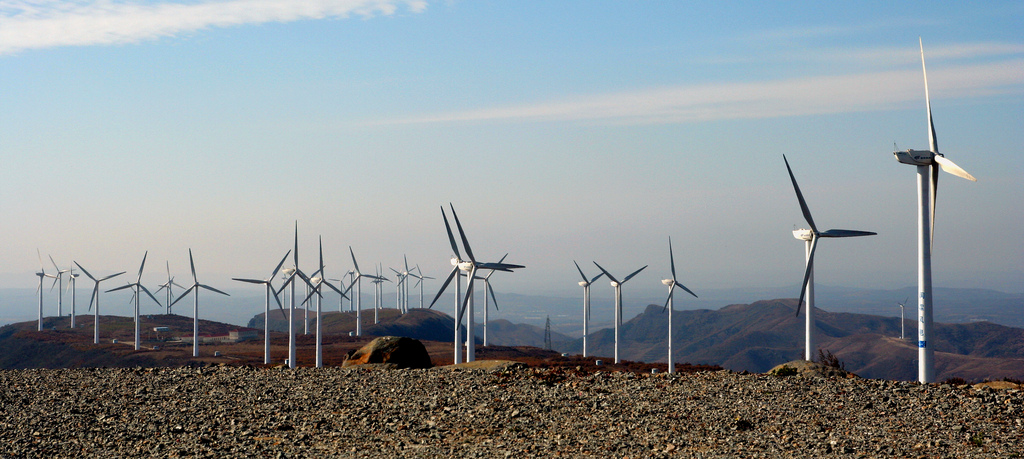
Asian countries, in particular China, are fueling rapid growth in the wind energy industry and creating opportunity for lubricant suppliers, a consulting firm said last week.
During a Nov. 2 webinar, a Kline & Co. official said global demand for wind energy lubricants reached 38,000 metric tons in 2015 and that China now accounts for 33 percent of wind energy installed capacity.
Chinas share of global wind energy installed capacity grew from just 2 percent in 2004. Other than China, India has also witnessed good growth, said Sushmita Dutta, Klines project lead, energy division.
The installed capacity of global wind energy in 2015 topped 433 gigawatts, according to Kline, more than nine times its 2004 total, representing 22.2 percent compound annual growth over that period. China led the way with more than 140 gigawatts of capacity, followed by the United States. European countries German and Spain, which were the top two markets in 2004, ranked third and fifth in 2015.
Kline projects global wind energy capacity will grow at a decelerated compound annual rate of 13 percent over the next five years. Though this growth rate is much lower than we have seen over last the last seven years, its still a good growth rate, Dutta said. So this suggests the market is expected to grow robustly. But as the installed base gets larger, the growth rate will be slower over the next five years.
She noted that growth in wind energy capacity in a particular country depends on the power supply-demand situation there, and also on the ability and willingness of government to support the industry Of all the country markets, we expect China to have the highest growth in terms of installed capacity growth, she said, followed by India.
Photo: Land Rover Our Planet / Flickr

Kline predicts global offshore wind energy may fall short of industry expectations. China has plans to install 10 gigawatts of offshore capacity by 2020, she said. “The country earlier had plans to install five gigawatts by 2015 – this target was reduced to two gigawatts. Actually, the country has only been able to install one gigawatt. So based on historical performance, we think the country may not be able to reach its target.
With onshore wind energy installations, Kline is more optimistic that growth for China and India may exceed projections because both countries have developing economies with rising power demands. Both these countries are facing pollution problems, and both these countries are trying to increase the share of renewables in their energy capacities, she said.
Kline expects Asias wind energy market to grow faster than any other region, especially in the offshore market. Its possible by 2020, Asia would account for 40 percent of global offshore installations, she said. So this is one market segment lubricant suppliers should focus on.
The consultancy estimated that lubricant demand growth for use in wind energy applications will grow at a 7.4 percent compound annual growth rate over the next five years. This is much slower than we have witnessed over the last five years, but is still quite respectable, Dutta said.
Globally, gear oils account for about 70 percent of wind turbine lubricant demand, Dutta said, followed by hydraulic fluids and greases. She noted that the penetration of synthetic lubricants is quite high in the industry – more than 80 percent in 2015 – due to the need for drain interval extensions. Other key factors impacting lubricant demand growth in the wind energy industry include growth in wind energy capacity and penetration of direct drive turbines, which eliminate gearboxes.
She said Kline believes wind turbine lubricants will remain an attractive market. The wind turbine lubricant market is witnessing strong growth, and penetration of synthetics is already quite high, Dutta said. Its an attractive market for a company looking to expand its sales of synthetic lubricants and willing to offer customized products and services.
Kline conducted its study primarily in China, India, Germany, Spain and the United States – these five markets represent more than 71 percent of global installed capacity. The study also looked at key offshore wind energy markets such as the United Kingdom and Denmark.
The study is titled, Lubricants for Wind Turbines: Global Market Analysis and Opportunities.